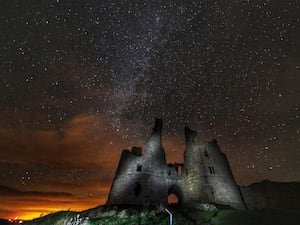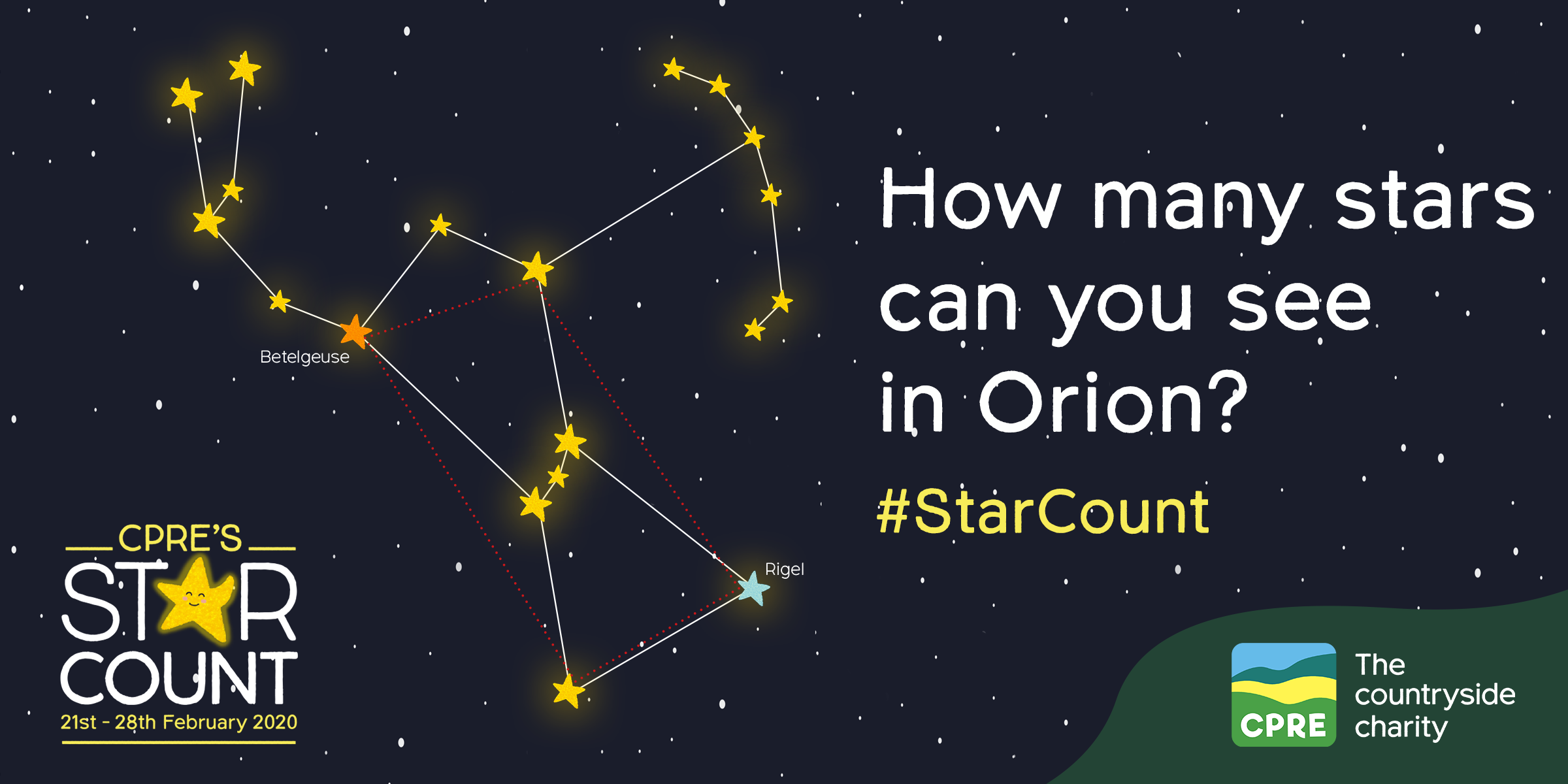Starry, starry night? Public asked to join star count to map light pollution
The annual star count is run by the Campaign to Protect Rural England.

People are being urged to turn their gaze skywards for an annual star count to help map the best and worst places to view the night sky.
The count, run by the Campaign to Protect Rural England (CPRE), asks members of the public to note how many stars they can see in the Orion constellation between February 21 and 28.
The countryside charity hopes information about how much of the night sky is visible to people will help it lobby Government and local authorities to tackle light pollution and highlight “dark sky” areas for protection.

Last year’s star count found that just 2% of people who took part said they were viewing a truly dark sky, CPRE said.
It warns that light pollution – as well as stopping people from enjoying the wonder of a starry night – can disrupt wildlife behaviour, be harmful for health, and is a waste of energy at a time when people are trying to live more sustainably.
Emma Marrington, CPRE’s starry skies expert, said: ‘A starry night sky is one of the most magical sights the countryside can offer, connecting people to such an important part of our natural heritage.
“But many people don’t get to experience this beauty due to light pollution.
“We want to get people out counting the stars and helping to save them now and for future generations to enjoy.”
The star count is supported by the British Astronomical Association’s Commission for Dark Skies (CfDS), whose expert astronomer, Bob Mizon, said: ‘As well as being a wonderful opportunity to get outdoors and enjoy the night sky, Star Count is starting to give us some really useful information.
“We’re hoping many more people will join in this year and give us the best map ever.”
– To take part, star counters are asked to choose a clear night between Friday February 21 and Friday February 28 and, without using a telescope or binoculars, count the stars within the rectangle shape formed by Orion, except the four stars on the outer corners, and then submit their results at cpre.org.uk/starcount





